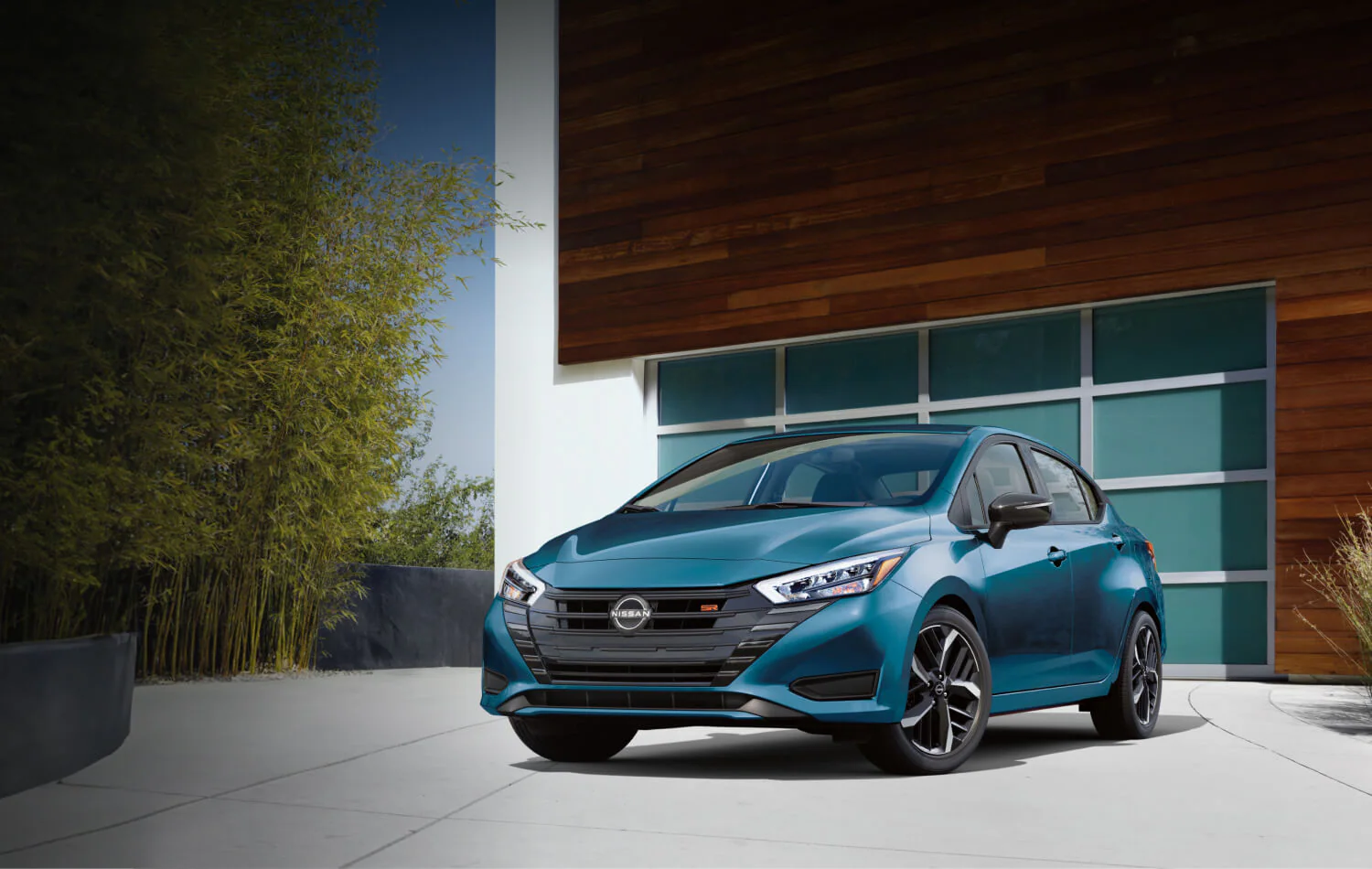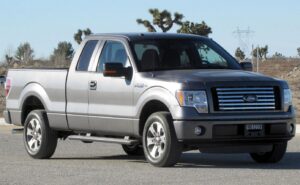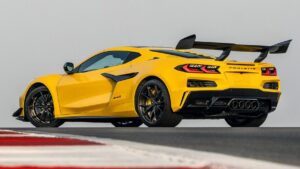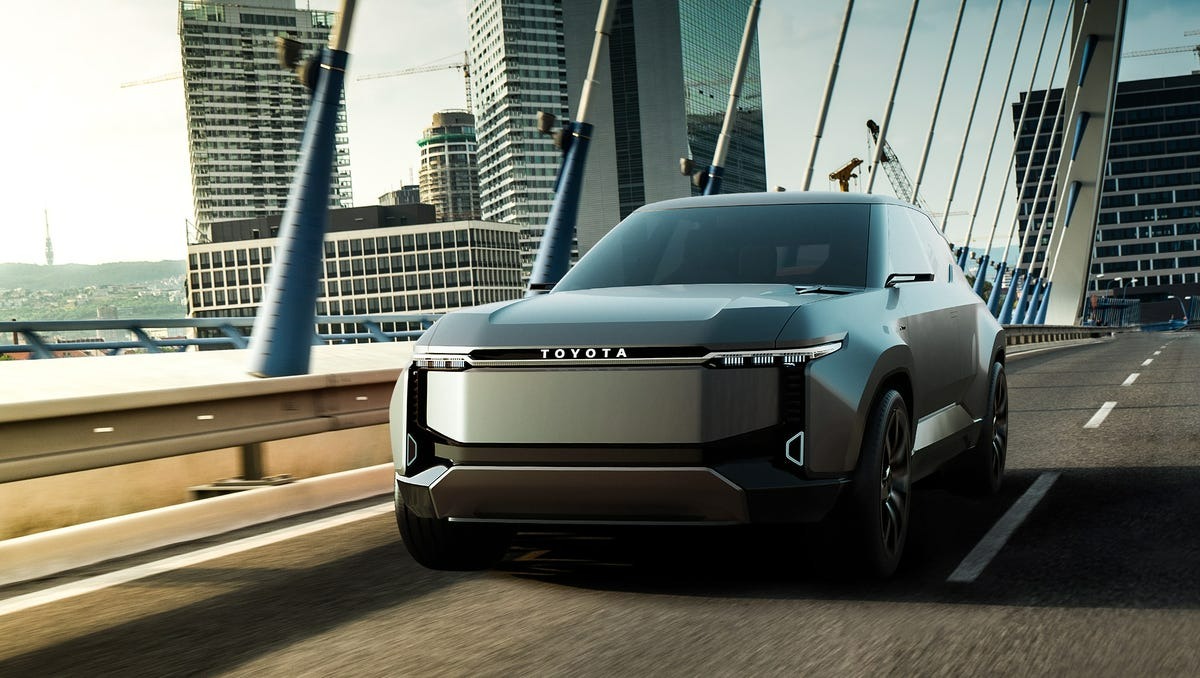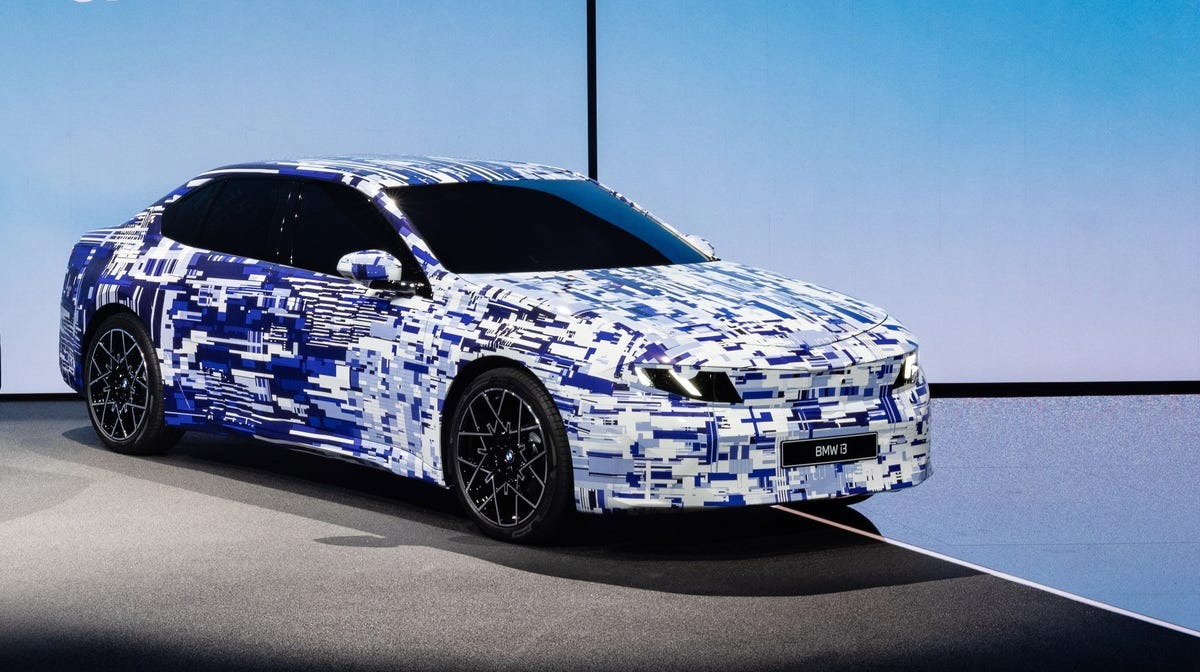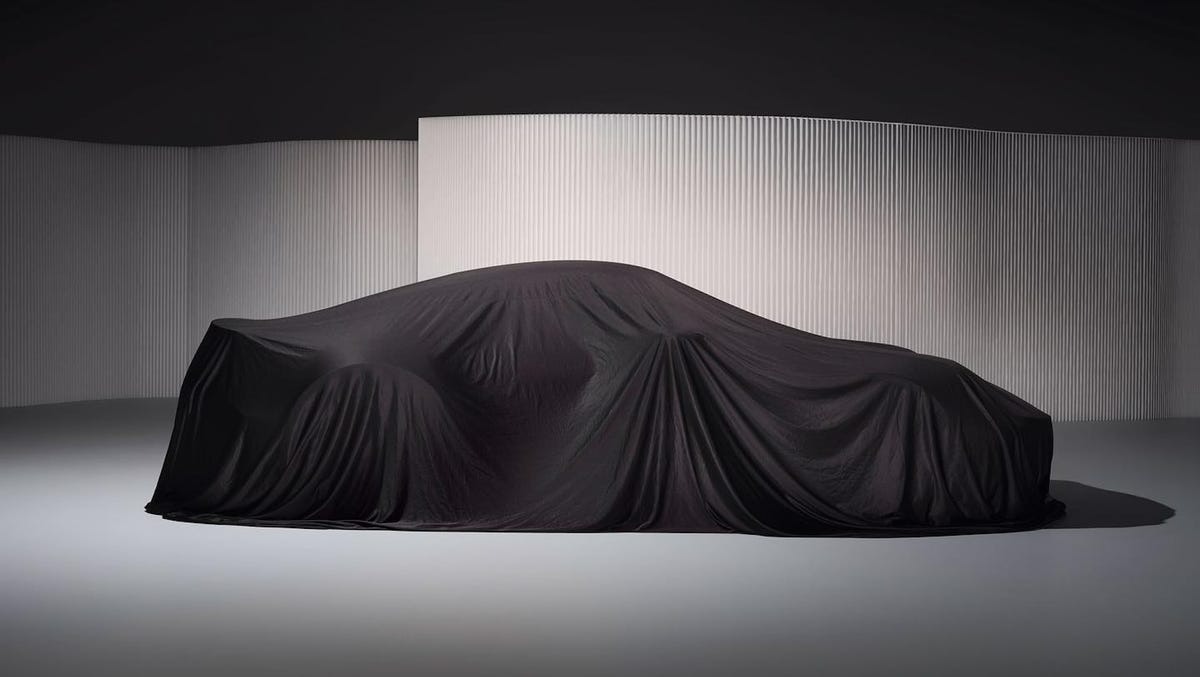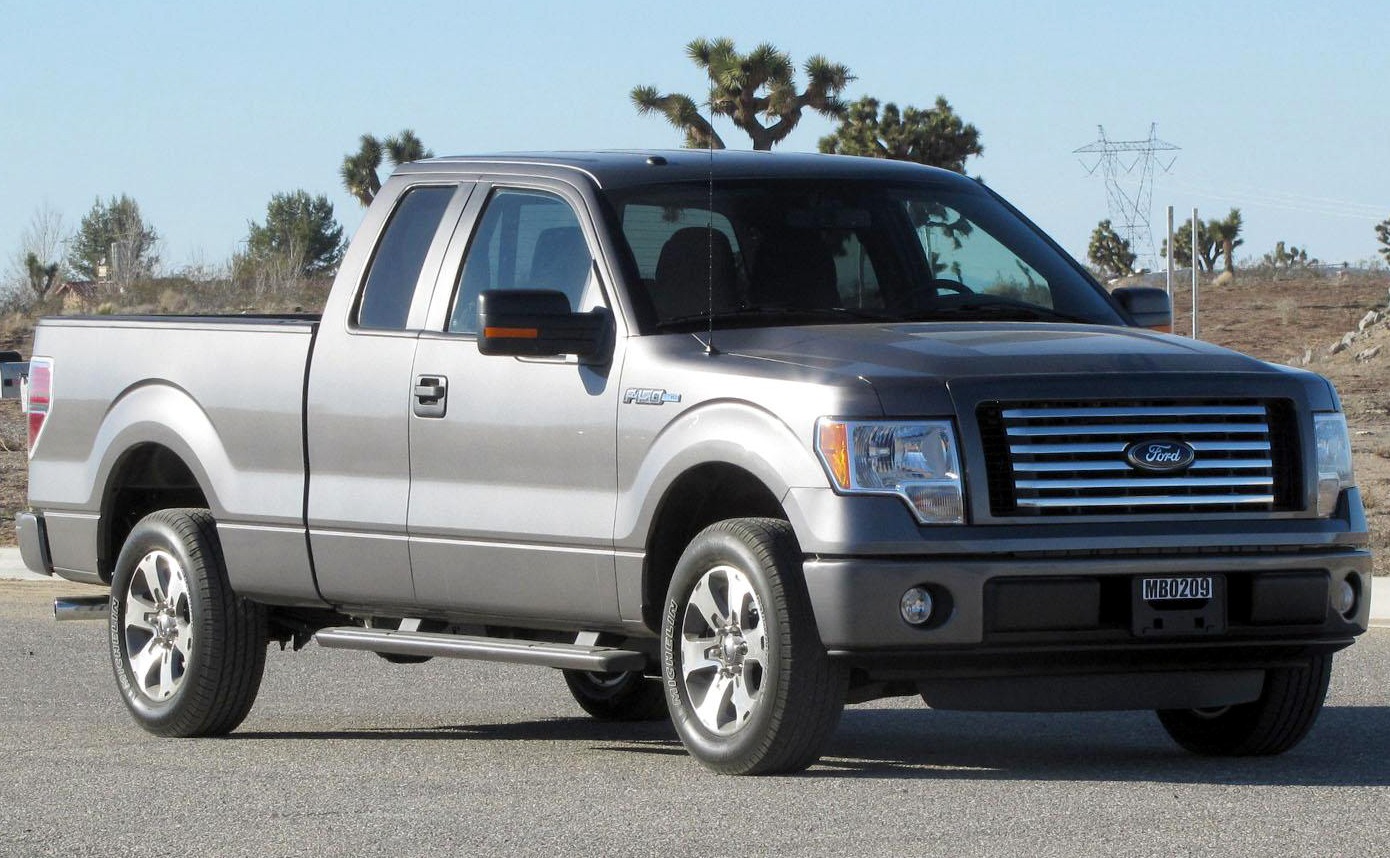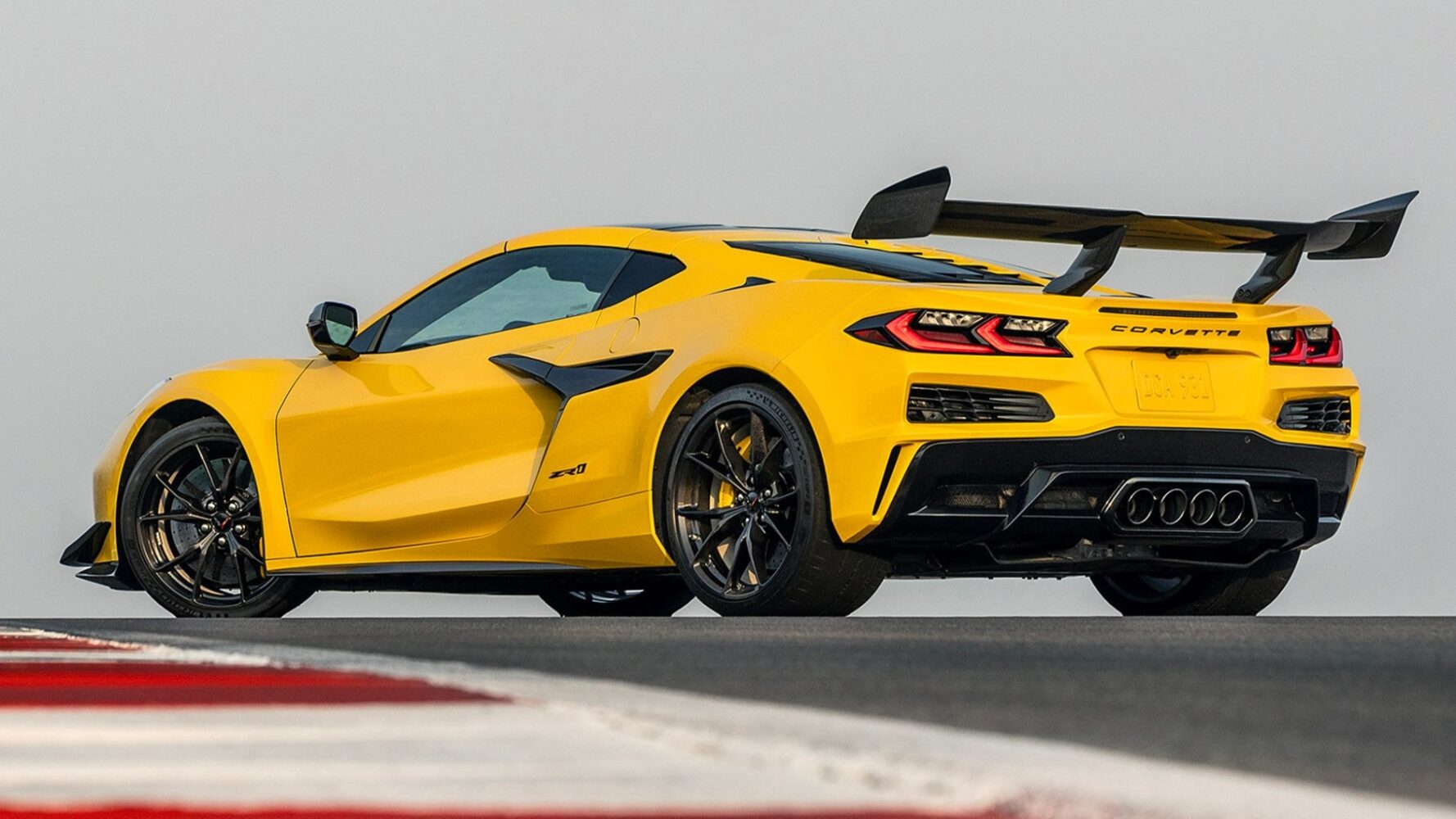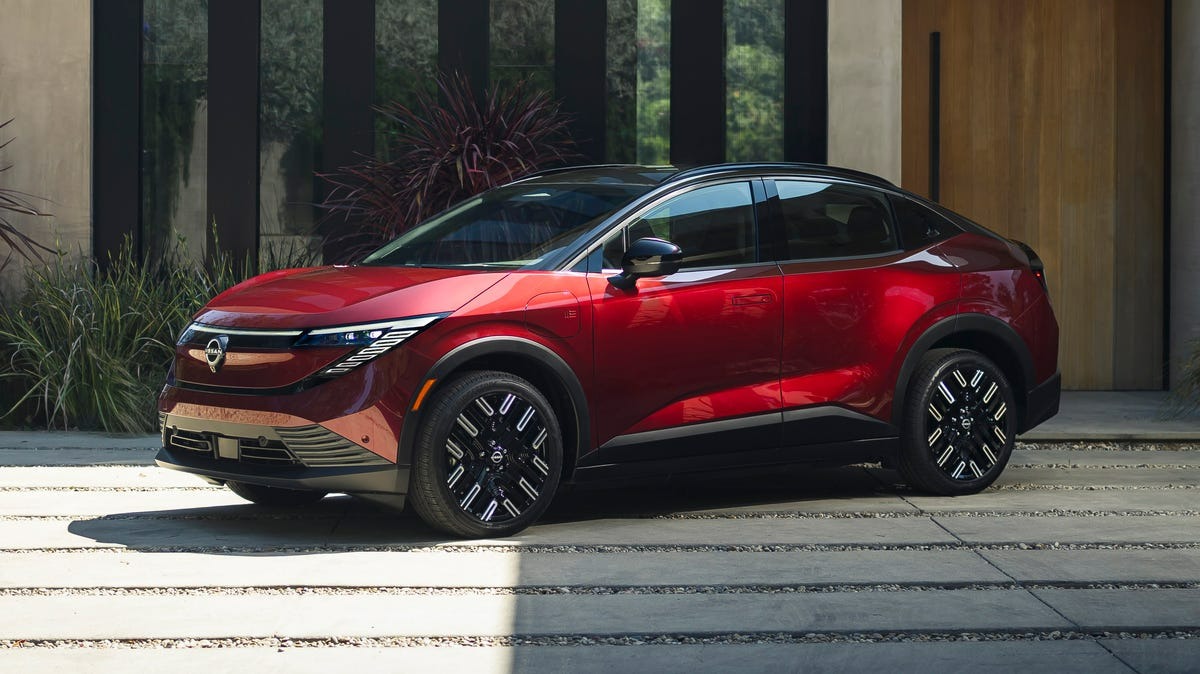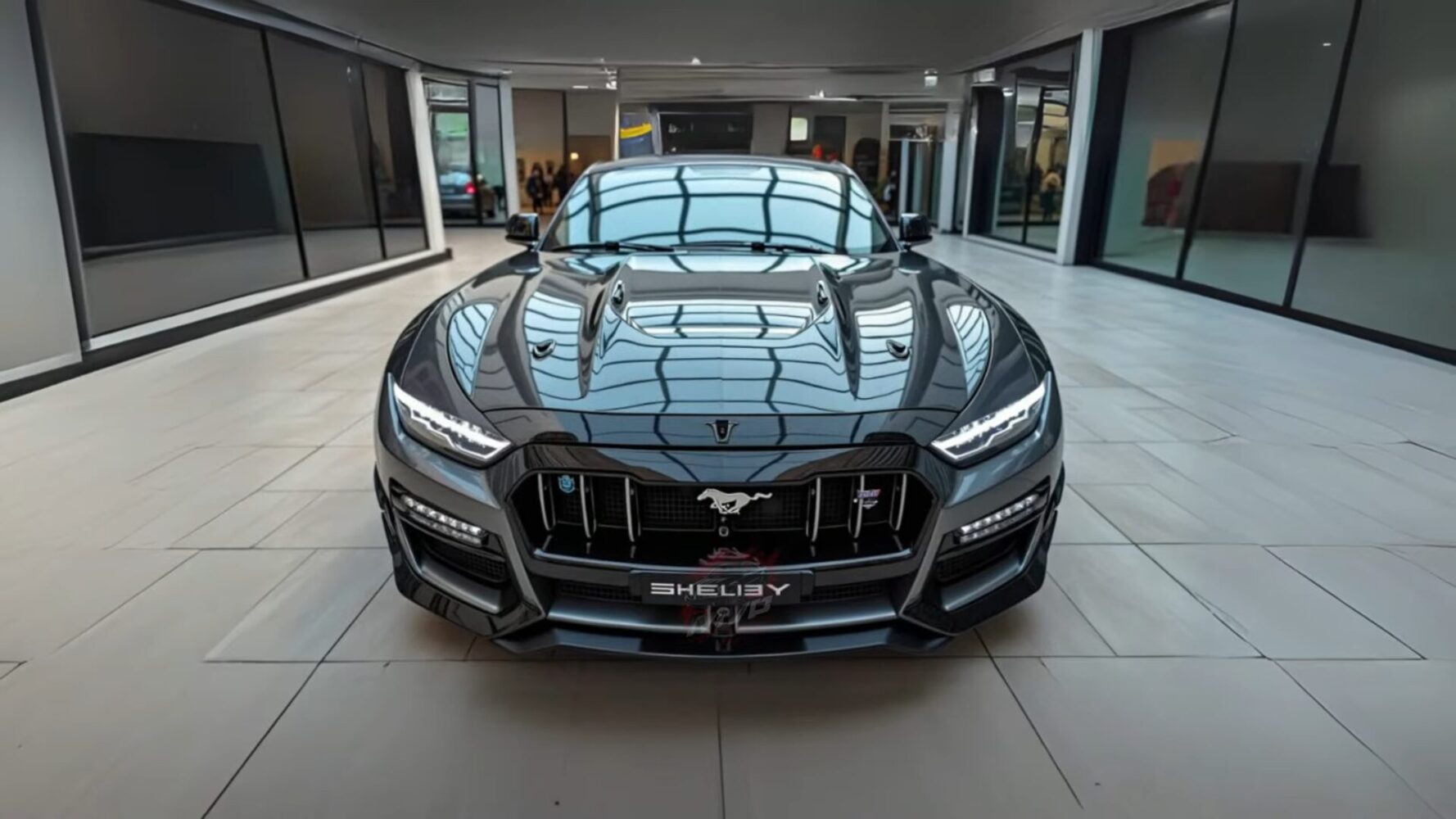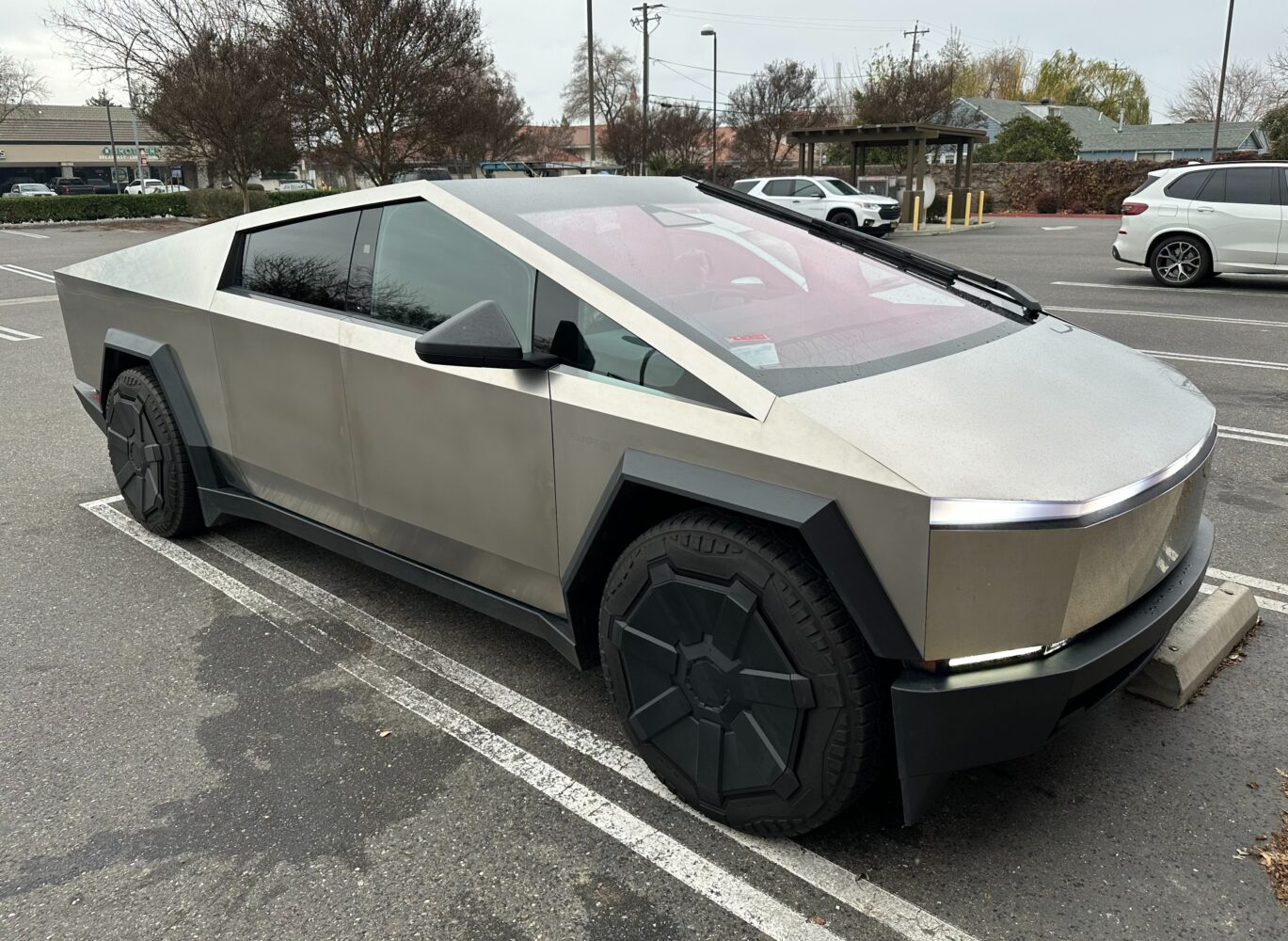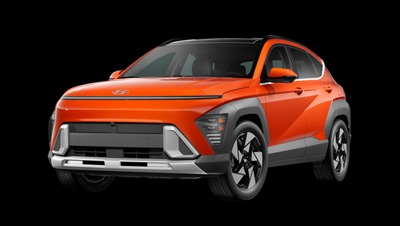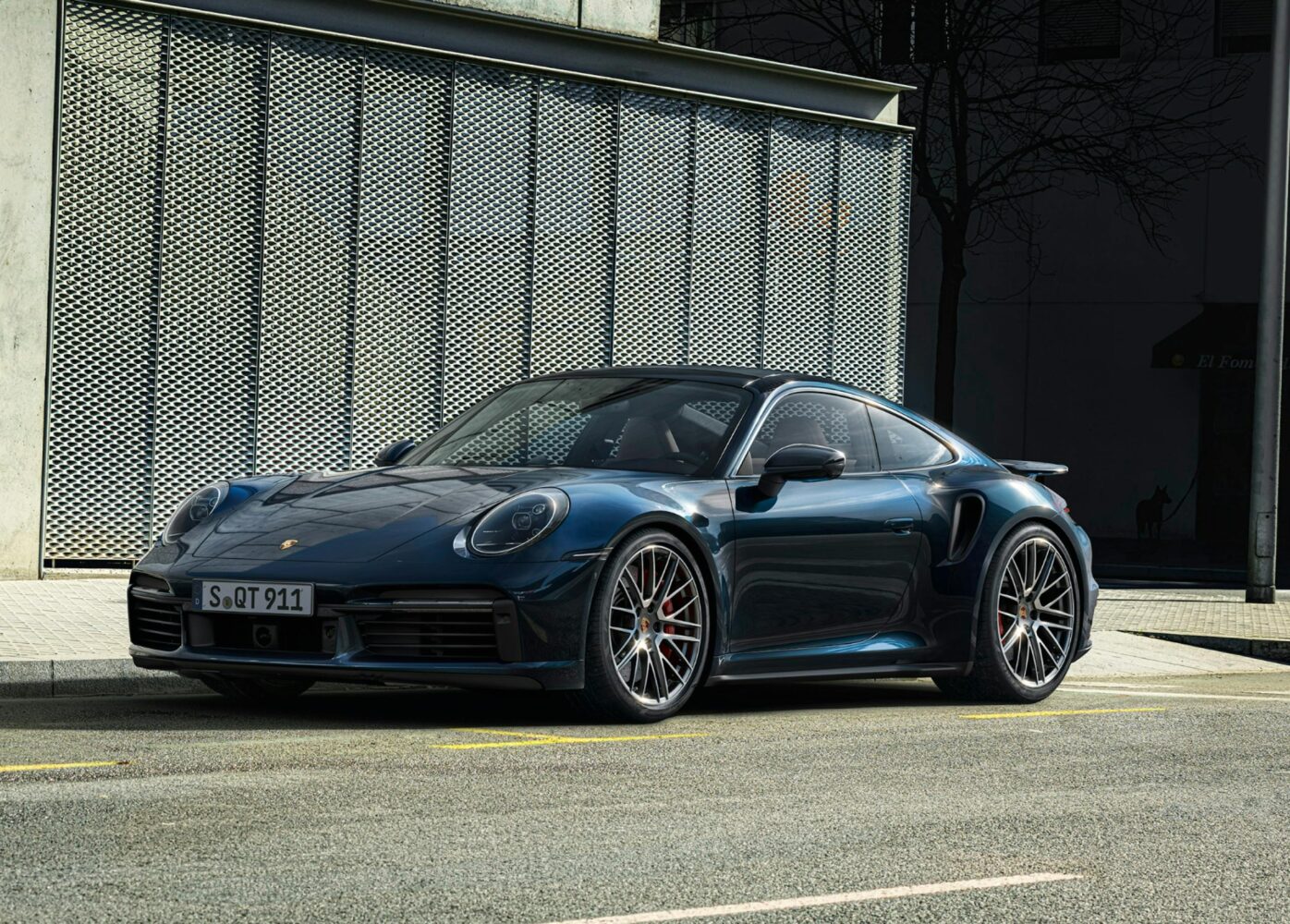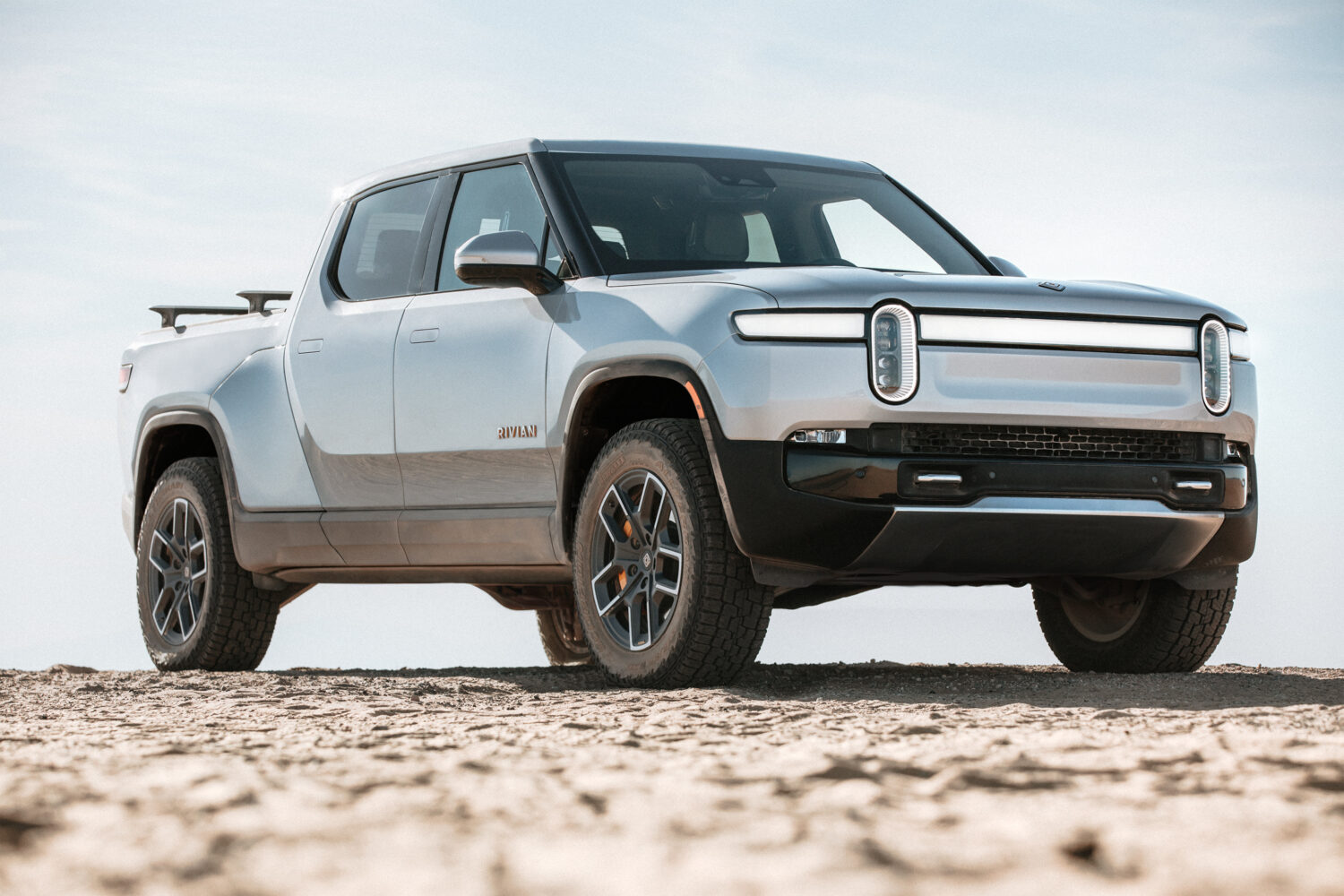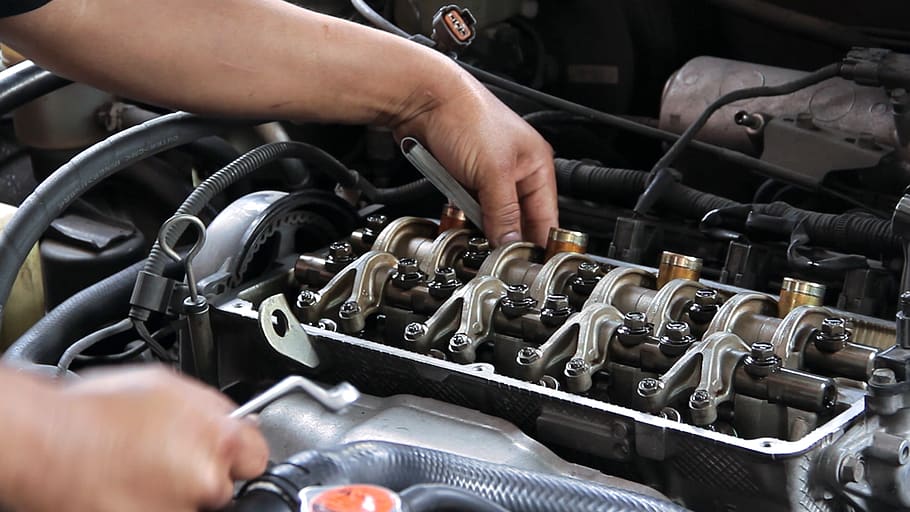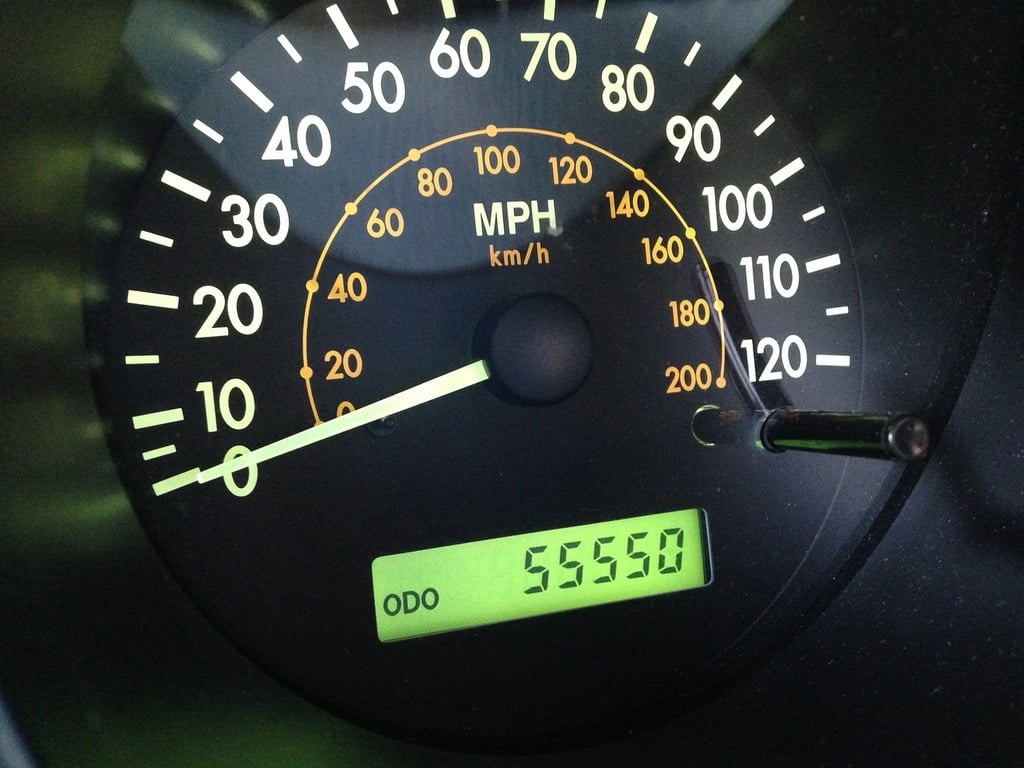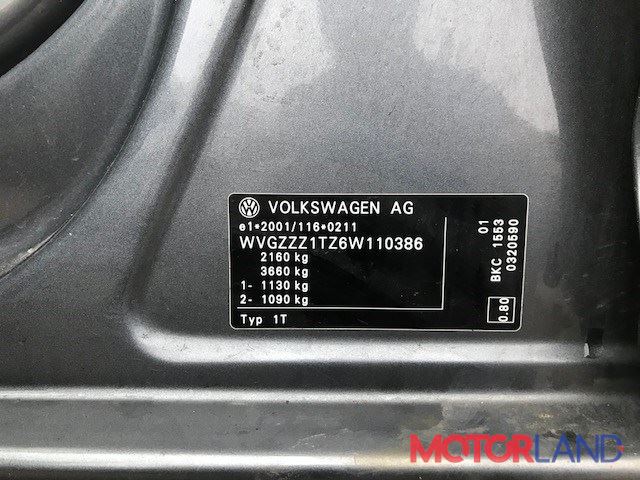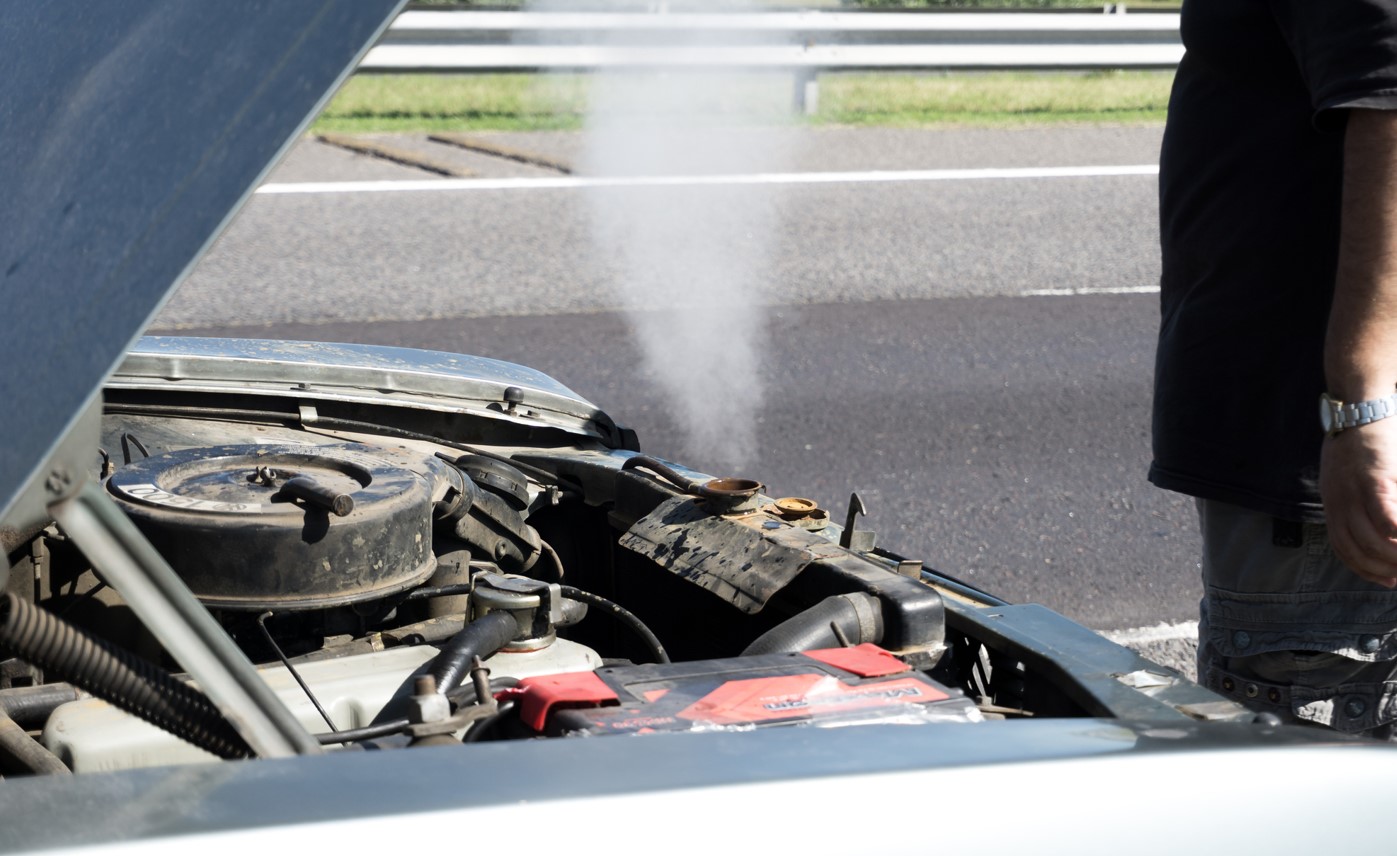The most affordable car in America just got more expensive, and with it, the five-speed manual transmission has officially flatlined in the U.S. market. The 2025 Nissan Versa S, priced at $18,330, was the final holdout—and frankly, it wasn’t much of a fighter.
You’d expect more ceremony for the end of an automotive era, but this feels less dramatic than your iPhone finally dying after years of cracked screen use. Functional, familiar, but ultimately replaceable by something more convenient.
Nissan’s decision to axe the manual Versa makes cold business sense. When fewer than five percent of buyers choose three pedals over the CVT, you’re essentially subsidizing a transmission that most customers actively avoid. The numbers don’t lie: Versa sales jumped 156 percent in Q1 2025, but those buyers overwhelmingly chose the $20,130 CVT model instead.
This wasn’t the romantic sendoff that manual transmission enthusiasts deserved. The Versa’s five-speed was never about driving pleasure—it was about hitting a price point. With 122 horsepower pushing a 0-60 time north of nine seconds, this transmission existed purely as a cost-cutting measure, not a performance enhancement.
Five-speed manuals once dominated economy cars throughout the 1980s and 1990s, offering adequate performance while keeping costs low. The Honda Civic, Toyota Corolla, and Ford Escort all relied on these simple, reliable gearboxes to deliver basic transportation. But as six-speeds became standard and automatics improved, the five-speed retreated to the bottom of option sheets.
The real tragedy isn’t losing this particular gearbox. It’s watching the five-speed fade into history without fanfare, relegated to econoboxes where engagement takes a backseat to affordability. Compare this to the six-speed manuals still available in the Ford Mustang, Mazda MX-5 Miata, and Honda Civic Si—transmissions that actually enhance the driving experience rather than merely existing to lower the base price.
What’s particularly telling is the broader market context. Rising car prices and potential tariff impacts drove buyers toward Nissan’s sub-$30,000 lineup, but even budget-conscious consumers chose convenience over the slight cost savings of a manual transmission. And it’s not just economy cars feeling the shift—the 2025 Golf GTI arrives without manual transmission, signaling that even enthusiast favorites are bowing to market realities. When your cheapest option becomes too expensive to justify, something fundamental has shifted.
For new drivers who might have learned clutch control on a basic five-speed, this transition marks a significant change. The Versa represented the last accessible entry point into manual transmission driving, where mistakes on a $18,330 car felt more forgivable than on a $35,000 performance model.
For enthusiasts lamenting this loss, remember that better options still exist. The death of the five-speed doesn’t spell doom for manual transmissions—it just means manufacturers are finally putting them where they belong: in cars designed around the driving experience rather than the monthly payment.
The Versa’s manual transmission served its purpose as an entry point for drivers learning three-pedal basics. But its departure signals a market that’s moved beyond viewing manual transmissions as mere cost-cutting tools. If you want to row your own gears in 2025, you’ll need to pay for the privilege—and frankly, that’s probably for the best. Even Porsche killed the manual in 911 Carrera S, showing that what was once a standard is becoming a specialty. The manual isn’t dead—but it’s certainly being pushed out of reach.


